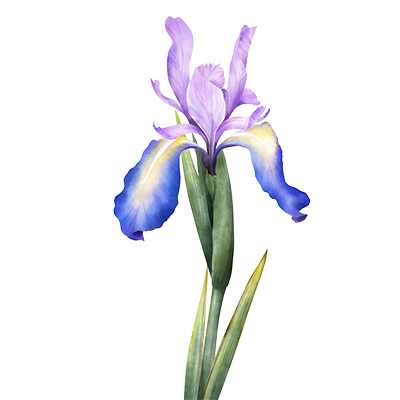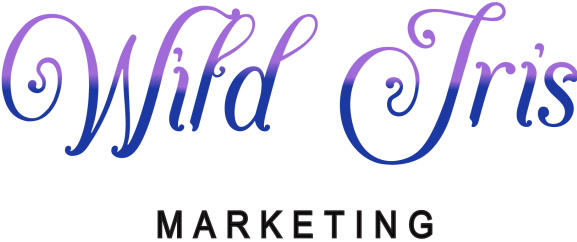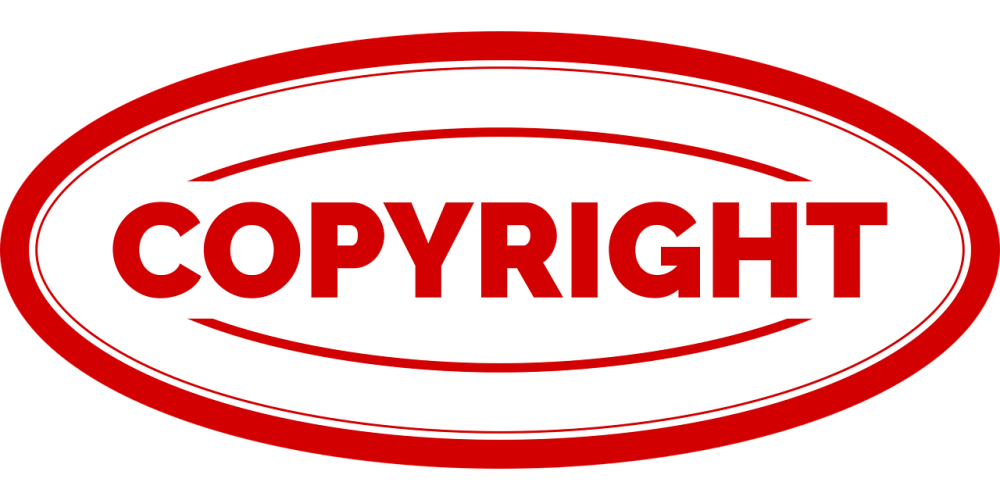Why is it important to use the right images on your website, social media platforms, and other marketing materials? Thoughtfully chosen and carefully placed, they have the potential to enhance the appearance, increase the usability, and improve the overall experience of your website. Most importantly, the correct images can tell the story of your brand and product, helping lead to brand intimacy and loyalty.
However, choosing the right image is more than just asking what it portrays, defining how it conveys your message, or making sure it’s the prettiest picture in the album. There are also critical legal and ethical matters to consider. Namely, do you have the right to use that image?
What is copyright?
We’ve all heard the term copyright. But what exactly is it? “Copyright is a type of intellectual property that protects original works of authorship as soon as an author fixes the work in a tangible form of expression.” (https://www.copyright.gov/what-is-copyright/) This essentially means that once an entity creates an original work that can be reproduced – or “copied” – they own the rights to that work. In addition to music and writing, these creative works include art, photography, and other types of images, and these rights extend to how that work is reproduced, distributed, displayed, modified and more. This means that no one but the owner can use, alter or profit from one of these works without permission from that owner.
While the entities that own the creative work can be people, corporations or other types of organizations, a human must have had some form of interaction with its creation. Thus, a work generated purely by AI does not qualify for copyright at this time. The particulars of how much and what kind of human involvement is necessary for AI generated art to qualify for copyright is being assessed by the United States Copyright Office in an initiative that was launched in 2023.
The penalties for copyright infringement in the United States can be severe and financially devastating, with the law allowing for up to $30,000 per each work infringed, and up to $150,000 per each work if willfully infringed. (https://www.copyright.gov/title17/92chap5.html)
What can I do to avoid copyright infringement?
Get permission! The most obvious way to gain the right to use an image is to find its owner and ask for permission to use it. But this can be more difficult than you might think.
Going back to a business concept imagined in a previous Wild Iris Marketing blog (https://wildirismarketing.com/what-is-ai-and-how-can-i-use-it/):
You are the proud owner of a goat rental company. You are scouring the internet for the perfect image to convey that your goats are healthy and up to the job of helping protect fire-prone mountain communities by eating excess flammable vegetation.
You find the perfect picture of a goat on a farm’s website and reach out on their contact form, asking whether it’s their goat and if you can use the image on your website. They reply with an enthusiastic “Yes! It’s one of our goats and the picture was taken at the farm. Go ahead and use it!”
What you don’t know is that they don’t own the copyright to the image. It was taken by a professional photographer who gave them a copyright nonexclusive license to use the image on their website for letting her take photographs on their farm. The photographer still owns the image, and if you put it on your site without her direct permission you have just infringed on her copyright!
What is a Creative Commons license?
 Figuring out who owns the copyright to an image can be complicated. But we’re not done yet. Within copyright law, there is an option for copyright owners to allow for widespread use of their work without direct permission. This is called a Creative Commons license. Four different elements make six types of Common Creative licenses. The elements are: Attribution (BY), Share Alike (SA), Non Commercial (NC) and No Derivatives (ND). These elements can be combined to create the following six licenses: CC BY, CC BY-SA, CC BY-ND, CC BY-NC, CC BY-NC-SA and CC BY-NC-ND.
Figuring out who owns the copyright to an image can be complicated. But we’re not done yet. Within copyright law, there is an option for copyright owners to allow for widespread use of their work without direct permission. This is called a Creative Commons license. Four different elements make six types of Common Creative licenses. The elements are: Attribution (BY), Share Alike (SA), Non Commercial (NC) and No Derivatives (ND). These elements can be combined to create the following six licenses: CC BY, CC BY-SA, CC BY-ND, CC BY-NC, CC BY-NC-SA and CC BY-NC-ND.
These can get somewhat convoluted, but if you learn the basics of each element you can figure out how they interact with each other.
- Attribution (BY) requires that you give credit to the author of the work. It is a part of every one of the licenses
- Share Alike (SA) means that if you adapt a work it must still follow the same or a compatible Creative Commons license under which the original work was used.
- Non Commercial (NC) indicates that the work can be used only for non-commercial purposes. This is based on use, not on the user. A busines can use the image for non-commercial purposes. It can be a little vague and a gray area, so tread carefully.
- No Derivatives (ND) says that while you can share the original work you cannot adapt it in any way.
There is also a “public domain” option under Creative Commons. This allows for use of creative works in whatever way desired, as the work is owned by the public. It requires no attribution, has no limitations, and can never be owned by an individual. A work becomes public domain when ownership rights have expired, been expressly waived, or have been forfeited. Determining whether a work is public domain can be tricky, so be cautious.
What now?
Now that we have you good and worried about putting that oh-so-important image on your website and inadvertently committing copyright infringement, let’s take a deep breath.
Breathe in. Breathe out.
We have some options for you:
- Royalty Free and Stock Photo Websites: Sites like Unsplash, Pixabay and Pexels provide images you can use for free. Their requirements for usage may vary, and not every image on each website necessarily falls under the same rules, so be diligent and verify every image you use.
- AI Generated Images As AI art is not copyrightable, you can create art by giving an image synthesizer text prompts and having it create images for you. But be careful. You must be sure to create art that cannot reasonably be considered based on currently copyrighted work or you may leave yourself open to copyright infringement. For example, creating art based on generic styles (realistic, watercolor) or public domain (Rembrandt, Van Gogh) is acceptable. Creating a piece of art based on the style of a currently working or recently deceased artist with active copyrights could leave you open to a lawsuit.
- Consult an expert If all this feels daunting, reachout to an expert. Wild Iris Marketing is happy to work with you to find the perfect image that won’t leave you open to a lawsuit, and intellectual property specialists can be found with an easy search on Google (on which Wild Iris Marketing can also help you trend!).
A Final Note About Copyright
Finding the perfect image for your website is important, but it does not need to be stressful. If you are diligent, cautious and pay attention to the rules we’ve covered in this blog, you should be just fine. When in doubt, look for a different image or reach out to an expert to verify whether the one you want is legal.


